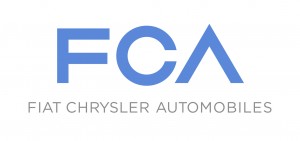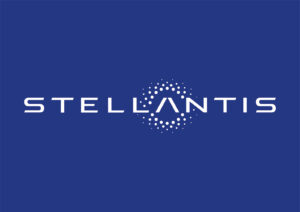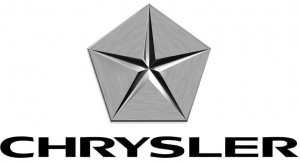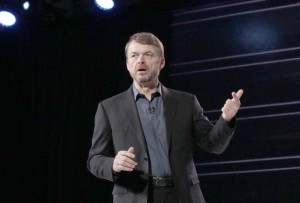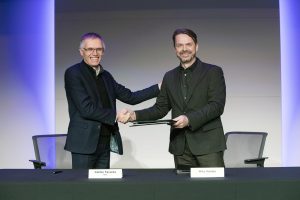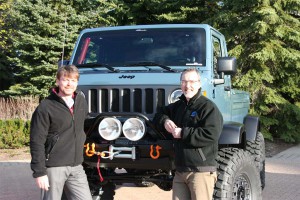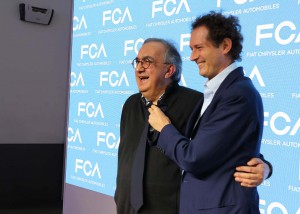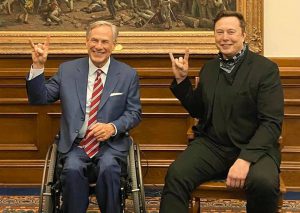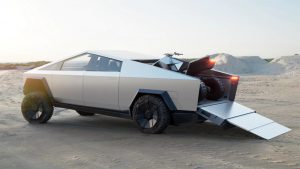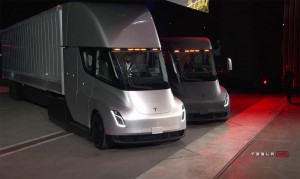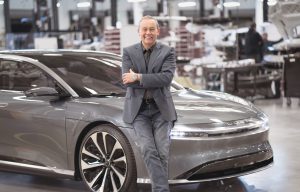
Lucid Motors CEO Peter Rawlinson was effusive in his praise of his soon-to-be publicly traded company.
Weeks after revealing plans it was going to go public using a blank-check company, nascent EV maker Lucid Motors released the details about the multi-billion dollar venture late yesterday rolling the dice with the public today.
The California-based company’s reverse merger with Churchill Capital Corp. IV started with a valuation of $24 billion. However, shares of Churchill rose as high as $65 once the deal was revealed a few weeks back. But potential issues brought the stock back to earth today where it closed at about $35 a share.
Seen as a viable competitor to Tesla Inc., Lucid walks away with about $4.4 billion in cash in the tentative deal. The automaker will use that money to get its first product, the Lucid Air, into full production. The remainder will be used to develop the company’s next vehicle.
Tough few trading days for EV makers
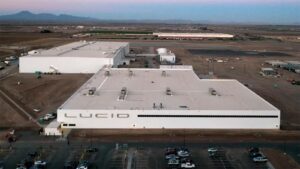
The Arizona factory, known as AMP-1, initially will have the capacity for 30,000 vehicles annually, but expansions could take that up to 400,000.
Tesla, long the darling of investors, saw its stock taking a hit the past few days. After floating above $900 a share for a while, it’s dropped into the mid-$670 range and a market capitalization of about $647 billion. The king of EV makers isn’t alone, virtually all publicly traded electric vehicle companies have fallen in recent days.
Joining Tesla in a slide are Nio, Lordstown Motors, Nikola Corp., Kandi and others. After opening at $15, Lucid finished the day at around $39 a share. It ran higher than that, but slid back after it was revealed that Lucid’s first model won’t going into production until the fourth quarter of this year. It was initially slated to being production this spring.
Lucid also revealed it would take the company five years to reach its full production rate of 250,000 vehicles annual — Tesla put out almost 500,000 in 2020 — and it won’t be cash-flow positive until 2025.
The future is now for Lucid
Prior to the introduction of the stock, Lucid’s CEO Peter Rawlinson, a former top executive at Tesla, was effusive in his support of his company.
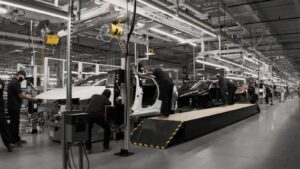
Commercial production of the Lucid Air was set to launch this spring, but officials pushed that back to the fourth quarter of this year.
“Lucid is proud to be leading a new era of high-technology, high-efficiency zero-emission transportation,” he said in a lengthy statement. “Through a ground-up rethinking of how EVs are designed, our in-house-developed, race-proven technology and meticulous engineering have enabled industry-leading powertrain efficiency and new levels of performance.
“Lucid is going public to accelerate into the next phase of our growth as we work towards the launch of our new pure-electric luxury sedan, Lucid Air, in 2021 followed by our Gravity performance luxury SUV in 2023.
“Financing from the transaction will also be used to support expansion of our manufacturing facility in Arizona, which is the first greenfield purpose-built EV manufacturing facility in North America and is already operational for pre-production builds of the Lucid Air. Scheduled to expand over three phases in the coming years, our Arizona facility is designed to be capable of producing approximately 365,000 units per year at scale.
“Lastly, this transaction further enables the realization of our vision to supply Lucid’s advanced EV technologies to third parties such as other automotive manufacturers as well as offer energy storage solutions in the residential, commercial and utility segments.”
/**/
